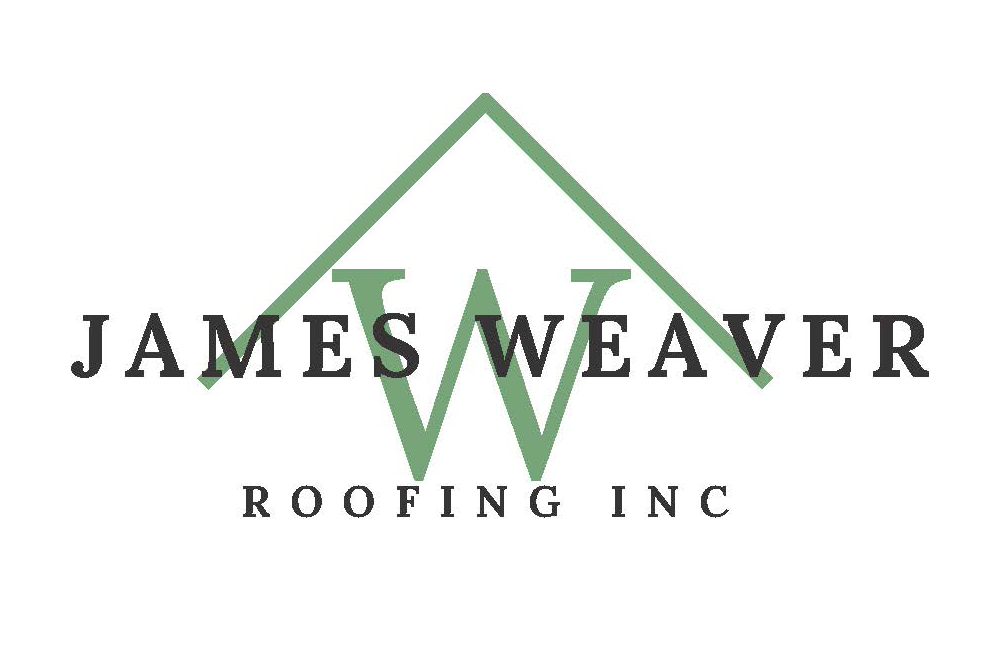Serving Charlotte and Sarasota Counties, FL
Call or Text
FAQs
James Weaver Roofing Inc.
Have a roofing-related question? We have the answer. Check out these FAQs and give us a call today for more information!
-
Do you use subcontractors?
No, we do not use subcontractors. Everyone is a fully trained employee of James Weaver Roofing Inc.
-
Do 30-year shingles actually last 30 years?
Also known as laminated, dimensional, or architectural shingles, 30–year shingles do not usually last as long as advertised. Similarly, 20, 40, or 50–year shingles will not last their designated years either. It is a common misconception and a point of confusion for many homeowners. Call our roofing contractors today for more information.
-
What grade of shingle is the best?
We recommend looking for shingles with a Grade 4 rating. This rating means the shingles have more impact resistance and better fire ratings than others. These shingles last longer and provide more protection from high winds and damage. Speak with our roofing contractors today for more information.
-
What type of shingles lasts the longest?
Luxury shingles have the highest longevity of your three options if you want a traditional asphalt roof. If installed and maintained correctly, luxury asphalt shingles installed by our roofing contractors can last up to 40 years.
-
Is it okay to shingle over old shingles?
Putting shingles on top of shingles can lead to several problems, including bumpy surfaces, improper inspections, long-term costliness, lack of leak installation, weight strain, warranty concerns, building regulation violations, and decreased energy efficiency. Our team at James Weaver Roofing Inc is proud to be the residential roofer your community can count on.
-
What color roof lasts the longest?
Some homeowners have heard that light-colored shingles last longer than dark shingles because the reflective qualities prevent the breakdown of the materials in the shingles, but, according to our roofing contractors, tests by roofing material manufacturers do not confirm this theory.
-
How far should shingles overhang the drip edge?
Once the drip edge is installed, the shingles should extend ½ inch to ¾ inch past the drip edge. If the shingles are allowed to extend too far, then they can be caught by the wind and damaged. Call us today for more information; we're the residential roofer homeowners recommend.
-
What are the best shingles for high winds?
Generally, the Atlas shingle with a double sealant strip will perform better in high-wind zones. Talk to our roofing contractors for more information.
-
What happens if you don't put a drip edge on a roof?
Without a drip edge, water would seep into the places it shouldn't. If it gets into your shingles, for example, then it can get inside your house. If left to sit for long periods, water can create rot and mold and can cause the foundation of your house to weaken. When that happens, hiring a residential roofer is strongly recommended.
-
Can you put a new drip edge over the old one?
The drip edge is often replaced when new shingles are installed, but it can be replaced at any time. Asphalt roof shingles can become brittle in cold weather, so wait until a warm (but not hot) day to remove and replace eave stripping. Contact our residential roofer today for more information.
-
Do gutters need to be under the drip edge?
Incorrect placement can also cause erosion of the soil around your house, infestations of insects in the gutters, and damage to the siding or foundation. And all of these issues are often expensive to fix. It is recommended that gutters are placed under or 'behind' the drip edge of your roof. Contact us today to speak with one of our roofing contractors.




serving Area
Charlotte County, FL
Sarasota County, FL
and surrounding areas
Business Hours
- Mon - Fri
- -
- Sat - Sun
- Closed

Share On: